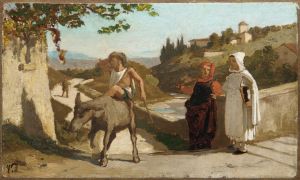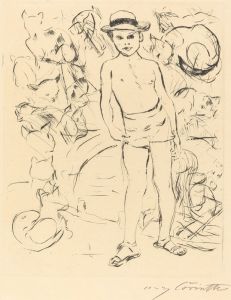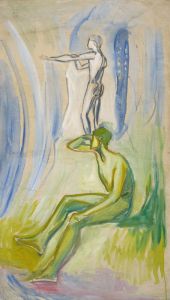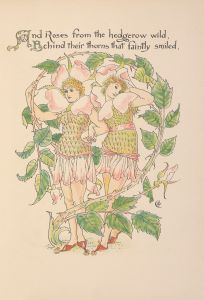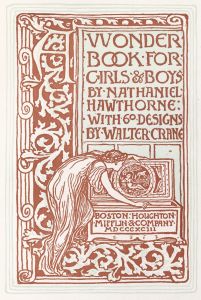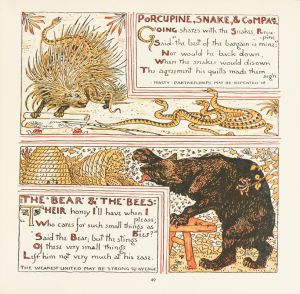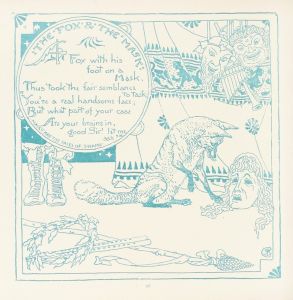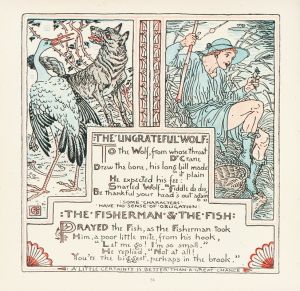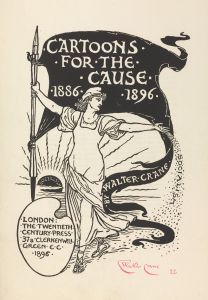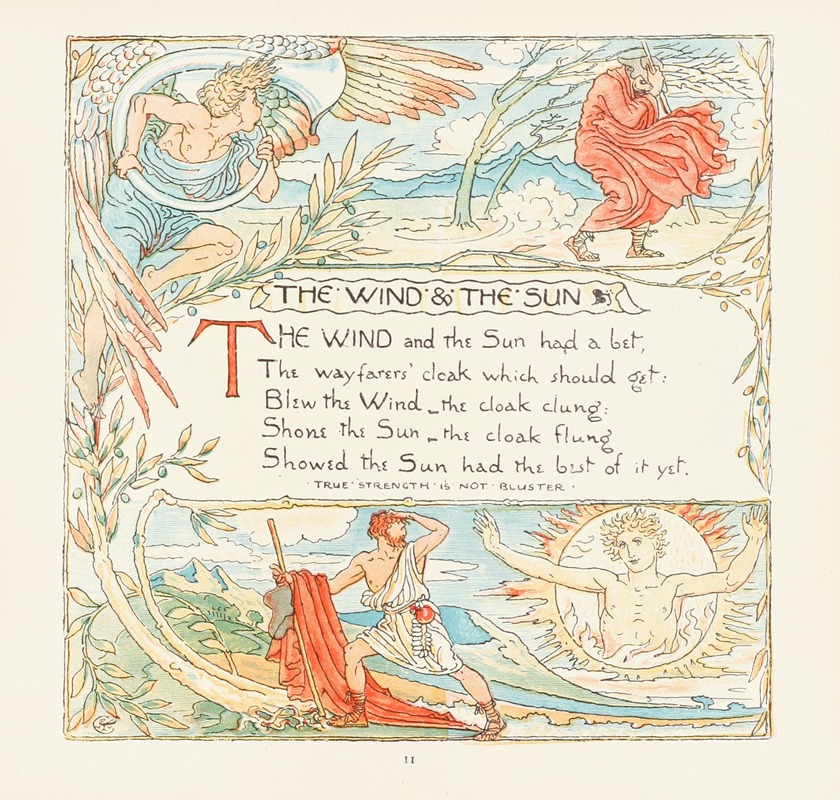
The Wind and the Sun
A hand-painted replica of Walter Crane’s masterpiece The Wind and the Sun, meticulously crafted by professional artists to capture the true essence of the original. Each piece is created with museum-quality canvas and rare mineral pigments, carefully painted by experienced artists with delicate brushstrokes and rich, layered colors to perfectly recreate the texture of the original artwork. Unlike machine-printed reproductions, this hand-painted version brings the painting to life, infused with the artist’s emotions and skill in every stroke. Whether for personal collection or home decoration, it instantly elevates the artistic atmosphere of any space.
"The Wind and the Sun" is an illustration by the renowned English artist and book illustrator Walter Crane. Born on August 15, 1845, Crane was a pivotal figure in the Arts and Crafts Movement and is best known for his contributions to children's literature and his distinctive style that combined elements of Pre-Raphaelite and Art Nouveau aesthetics.
This particular illustration, "The Wind and the Sun," is based on one of Aesop's Fables, a collection of stories attributed to Aesop, a slave and storyteller believed to have lived in ancient Greece between 620 and 564 BCE. The fable tells the story of a dispute between the Wind and the Sun over which is the stronger. They decide to settle the argument by seeing who can make a traveler remove his cloak. The Wind blows fiercely, but the traveler only wraps his cloak tighter around himself. The Sun then shines warmly, and the traveler soon removes his cloak, proving the Sun's superior strength.
Crane's illustration captures the essence of this fable with his characteristic attention to detail and vibrant use of color. His work often featured elaborate borders and intricate patterns, which can be seen in this piece. The illustration typically shows the Wind personified as a blustery figure blowing gusts of air, while the Sun is depicted as a radiant, benevolent presence in the sky. The traveler, caught between these two forces, is shown reacting to the changing weather conditions.
Walter Crane's illustrations were not merely decorative; they were also educational, aiming to convey moral lessons through visual storytelling. His work on "The Wind and the Sun" is a prime example of how he brought classic tales to life, making them accessible and engaging for young readers. Crane's ability to blend narrative and art helped to elevate the status of children's book illustrations during the late 19th and early 20th centuries.
Crane's influence extended beyond his illustrations. He was also an accomplished painter and designer, contributing to various artistic and social movements of his time. He was a strong advocate for the integration of art into everyday life and believed in the democratization of art, making it accessible to all social classes. His involvement with the Arts and Crafts Movement, alongside figures like William Morris, underscored his commitment to these ideals.
"The Wind and the Sun" remains one of Walter Crane's enduring works, showcasing his talent for visual storytelling and his dedication to the principles of the Arts and Crafts Movement. His illustrations continue to be celebrated for their beauty, craftsmanship, and ability to convey timeless stories and lessons.
In summary, Walter Crane's "The Wind and the Sun" is a notable example of his work as an illustrator and his contribution to children's literature. The illustration brings to life Aesop's fable through Crane's distinctive artistic style, emphasizing the moral lesson of the story while also reflecting the broader artistic and social ideals that Crane championed throughout his career.





